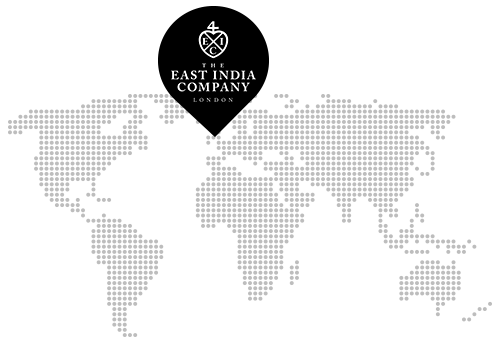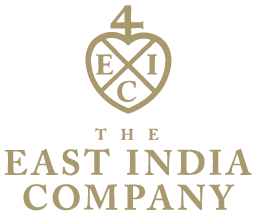The East India Company | mint | www.metalmarket.eu
The East India Company
History of creation
The East India Company, which is also often referred to as the English East India Company, is a joint stock company that was founded in 1600. The purpose of its establishment was to trade with East and Southeast Asia, as well as India.
In a short period of time, the company managed to gain control of a large area of the Indian subcontinent and led the colonization of Southeast Asia and Hong-Kong. At its peak, the East India Company was the largest corporation in the world, rivaled only by the booming Dutch East India Company, which indeed won that rivalry and quickly eclipsed all rivals in Asian trade.

Interestingly, the East India Companies, both British and Dutch, were not only powerful and extremely profitable companies, but also enjoyed quasi-governmental powers - they could wage wars, imprison and execute convicts, negotiate treaties, establish colonies, and even mint their own coins.
Over the years, the English East India Company has enjoyed numerous successes and gained monopoly status in many areas. Everything changed in the 19th century. In 1813, the trade monopoly with India was abolished, and twenty years later the same thing happened in the context of trade with China. This marked the end of the company's commercial activities. From then on, it was purely administrative in nature. The company was not formally dissolved until 1874.
Its revival did not occur until 2005, when its historic shares were bought out by Indian entrepreneur Sanjiv Mehta. Inspired by the East India Company's erstwhile right to mint its own coins, he decided to include bullion and collector coins in the company's offerings, which are now the core pillar of the entity's operations.


Curiosity
The East India Company, after its rebirth, bases its business primarily on the sale of gold and silver bullion and collector coins, but this is not its only area of operation. The business segment that is currently being developed focuses on the sale of luxury food products, including but not limited to teas, which also harken back to historical roots. They can be purchased at the luxury boutique on Conduit Street in London and at the newly opened boutique located at the Cyprus 5-star Amara Hotel.

Production volume
The East India Company is not a mint and does not have any coin production capacity. All of the coins found in the entity's offerings were created at the facilities of The Royal Mint. The East India Company acts only in the role of commissioning production, and then distributes and sells coins minted by the Royal Mint under its own brand name.

Most popular products
The portfolio of The East India Company is full of unique moments that many a collector or investor would like to include in their collection. An excellent example is the series of silver coins The Queen's Virtues. It consists of six moments representing Queen Elizabeth II's most important virtues in the exercise of her power - truth, victory, generosity, courage, justice and sustainability.
Also notable is a new collection that debuted in 2022 - Goddesses. This is a series of gold and silver coins that will refer to the amazing stories of goddesses and from ancient Norse and Greek mythology. The first coin, which opens the entire collection, depicts the goddess of fertility and also the patroness of motherhood and marriage - Hera, who steers a chariot pulled by sacred peacocks.
The coin celebrating Queen Elizabeth II's Platinum Jubilee, issued by The East India Company, is also very popular.
